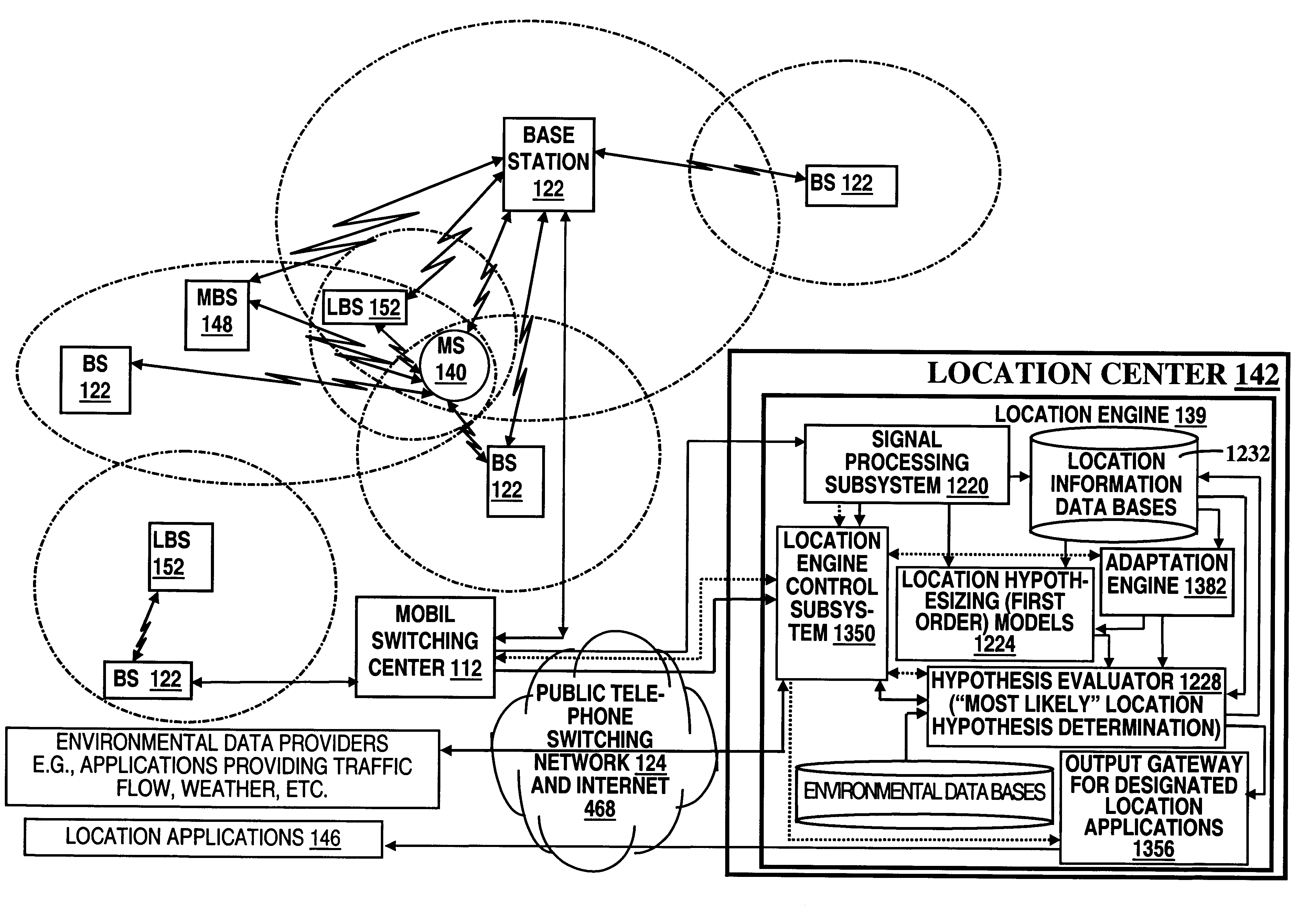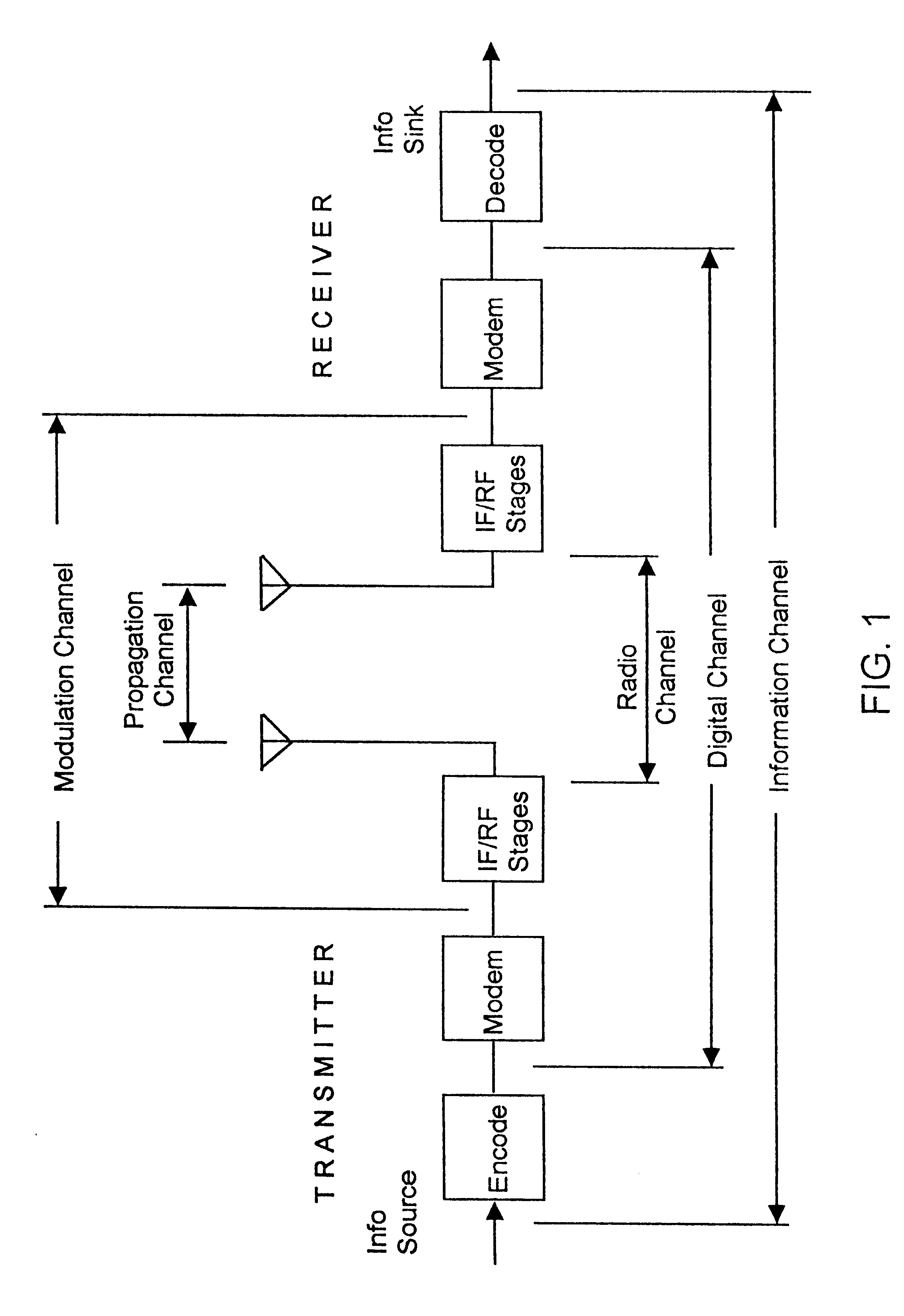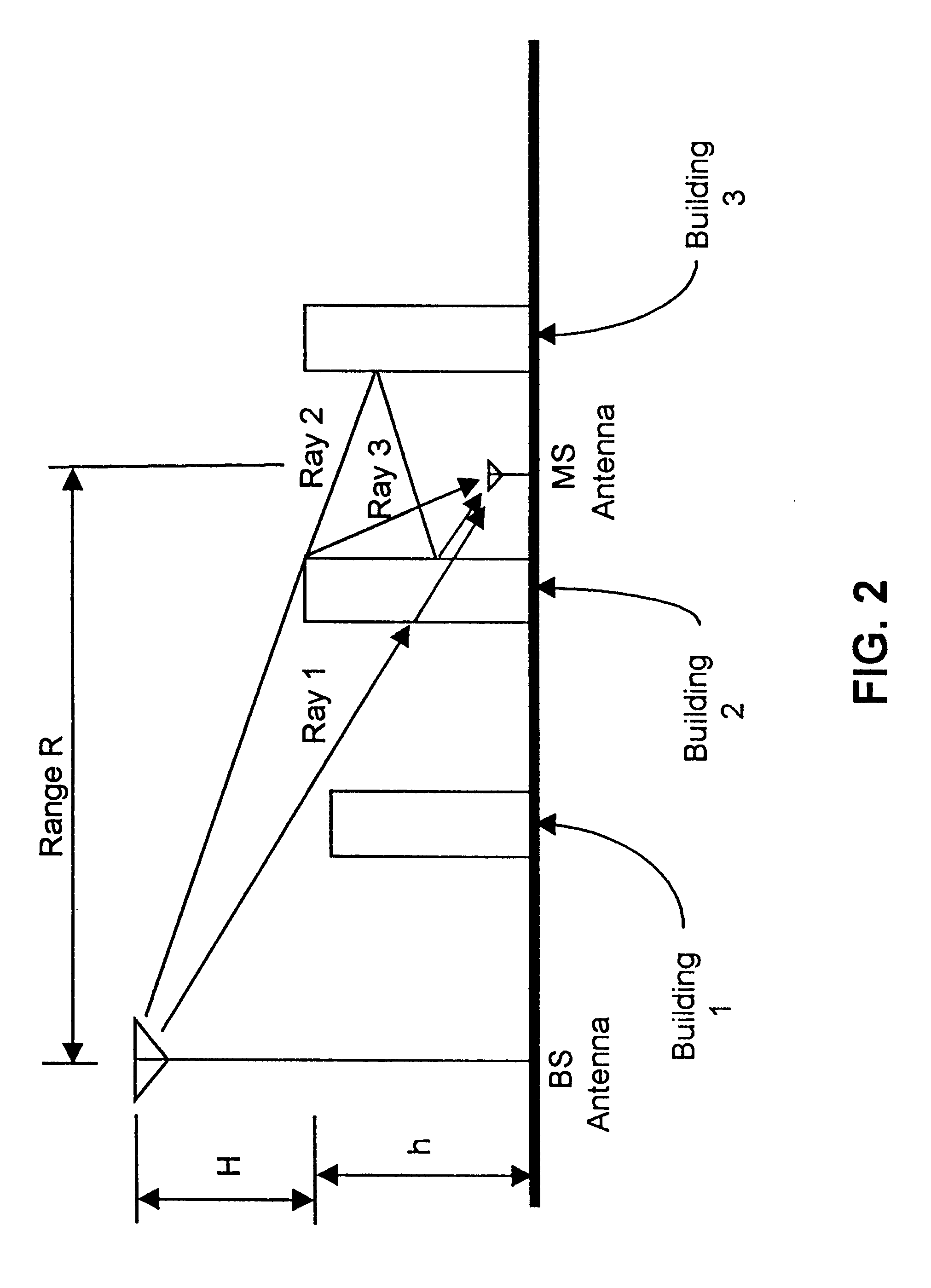Wireless location using multiple location estimators
a technology of multiple location estimation and wireless communication, applied in direction finders using radio waves, instruments, wireless communication, etc., can solve the problems of high cost, special purpose electronics required, and system effectiveness generally only in line-of-sight conditions, so as to achieve effective and straightforward resolution of ambiguities and/or conflicts between location estimations
- Summary
- Abstract
- Description
- Claims
- Application Information
AI Technical Summary
Benefits of technology
Problems solved by technology
Method used
Image
Examples
embodiment
MS Status Repository Embodiment
The MS status repository 1338 is a run-time storage manager for storing location hypotheses from previous activations of the location engine 139 (as well as the output target MS location estimate(s)) so that a target MS may be tracked using target MS location hypotheses from previous location engine 139 activations to determine, for example, a movement of the target MS between evaluations of the target MS location. Thus, by retaining a moving window of previous location hypotheses used in evaluating positions of a target MS, measurements of the target MS's velocity, acceleration, and likely next position may be determined by the location hypothesis analyzer 1332. Further, by providing accessibility to recent MS location hypotheses, these hypotheses may be used to resolve conflicts between hypotheses in a current activation for locating the target MS; e.g., MS paths may be stored here for use in extrapolating a new location
Mobile Base Station Location S...
PUM
 Login to View More
Login to View More Abstract
Description
Claims
Application Information
 Login to View More
Login to View More - R&D
- Intellectual Property
- Life Sciences
- Materials
- Tech Scout
- Unparalleled Data Quality
- Higher Quality Content
- 60% Fewer Hallucinations
Browse by: Latest US Patents, China's latest patents, Technical Efficacy Thesaurus, Application Domain, Technology Topic, Popular Technical Reports.
© 2025 PatSnap. All rights reserved.Legal|Privacy policy|Modern Slavery Act Transparency Statement|Sitemap|About US| Contact US: help@patsnap.com



